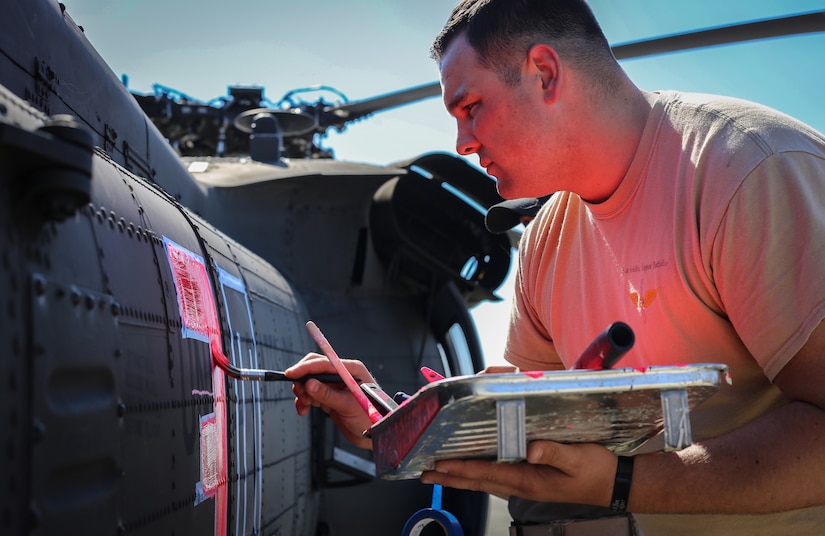By Army Sgt. 1st Class Jason Kriess, Joint Forces
Headquarters, Washington National Guard
CAMP MURRAY, Wash. -- Nearly 150 Washington National
Guardsmen have been activated to support wildland firefighting efforts in the
state of Washington.
Two hand crews from the Washington Army National Guard’s
176th Engineer Company, headquartered in Snohomish; three hand crews from the
Washington Air National Guard’s 141st Air Refueling Wing, headquartered at
Fairchild Air Force Base; and two UH-60 Black Hawk helicopters from the
Washington Army National Guard’s 96th Aviation Troop Command, based at Joint
Base Lewis-McChord, will work together to attack smaller wildfires that are
popping up on the east side of the state.
About 50 members of the 176th mustered Aug. 1 for state
active duty. They were briefed on pay issues and employee rights and underwent
a medical screening.
This year’s firefighting effort will be different from
previous years. Very large fires in California have taken its toll on resources
in surrounding states, leaving Washington with few assets to fight local fires.
The engineers from the 176th will be used as initial attack -- meaning that in
some areas they will be the first to arrive at an incident and take all the
actions needed to prevent the fire from doing further damage.
“It’s a hard job and it’s a dangerous job. And you guys
should know that nobody takes that lightly,” Army Brig. Gen. Wallace Turner,
commander of the Washington Army National Guard, said to a room full of
Guardsmen.
Not a Normal Day
On any normal day, Army Spc. Derek Price is a fitness
instructor. Today, he is gathering all the necessary equipment he needs to
fight wildfires.
Price, a supply specialist with the 176th, said that he’s
looking forward to taking part in the initial attack this year. Last year, the
Washington Department of Natural Resources employed Price’s unit for mop-up and
fuel reduction operations. Mop-up teams make a fire safe after it has been
controlled. Fuel reduction teams clear combustible material from the forest
floor to reduce the likelihood of it catching fire.
“I want to get a little bit out of my comfort zone; I’m kind
of a risk taker sometimes,” Price said, noting that he’s undergone intensive
training to ensure his safety.
Despite the hard work and long days that lay ahead of him
and his team, Price says that this is exactly what he signed up for.
“Anything I can do to help save people’s property and lives
is a very rewarding feeling,” he said. “As long as I know I do my best and make
sure everybody is safe, then I can go home happy.”

No comments:
Post a Comment